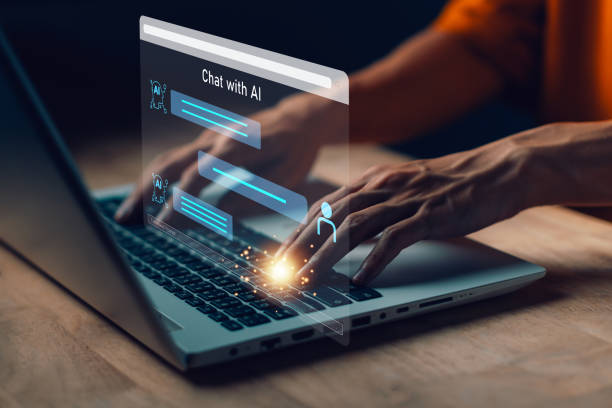Introduction to On-Page SEO and its Importance
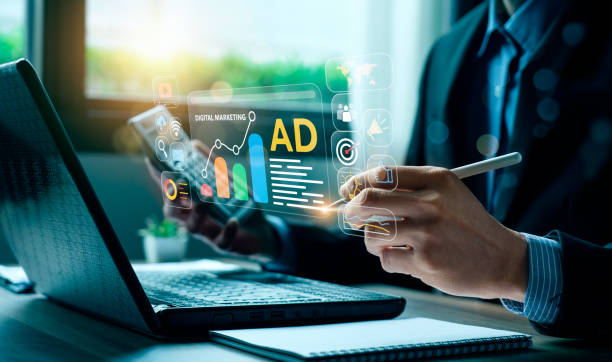
On-Page SEO, or On-Page SEO, refers to a set of actions and techniques that you implement within your website pages to improve its ranking and visibility in search engine results.
This aspect of optimization focuses on factors directly under your control, including text content, keywords, HTML structure, and user experience.
The importance of On-Page SEO is that it helps search engines better understand your content and determine whether your content is relevant to user queries.
Without a strong On-Page SEO strategy, even with strong off-page link building, your website might not reach its full potential in achieving high rankings.
This is an educational and crucial step for any website aiming to be seen in the digital world.
On-page optimization is the foundation of any successful SEO strategy and must be carefully considered before moving on to more advanced topics.
This area includes optimizing both visible and invisible elements of a web page to be optimized for both users and search engine crawlers.
Paying attention to these points significantly helps increase organic traffic and attract targeted audiences.
Are you tired of your company’s website not meeting your expectations? With RasaWeb, design a professional website that truly represents your business.
✅ Increase new customer acquisition and sales leads
✅ Boost your brand’s credibility and trust among your audience
⚡ Get a free website design consultation!
Keywords and their Pivotal Role in On-Page SEO
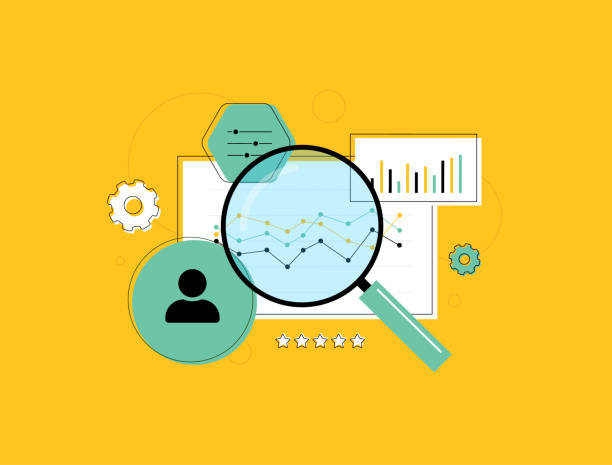
Keyword research is the cornerstone of every successful On-Page SEO campaign.
This process involves identifying the words and phrases your target audience uses to search for information, products, or services related to your business.
Correct keyword selection ensures that your content addresses the real needs of users.
For this purpose, special attention must be paid to User Intent; is the user looking for information (informational keywords), intending to buy (commercial keywords), or seeking to navigate to a specific website (navigational keywords)? Using Long-Tail Keywords, which typically consist of three or more words, can be highly effective.
These keywords have less competition and bring a higher conversion rate because users use them in the final stages of the sales funnel.
Various tools are available for keyword research to help you identify search volume, competition levels, and related keywords.
This part of On-Page SEO requires a specialized and analytical approach to identify and utilize the best opportunities.
Content Optimization for On-Page SEO and User Attraction

Content is king, and this principle holds true for On-Page SEO more than ever.
After selecting suitable keywords, it’s time to create high-quality and valuable content that is not only optimized for search engines but also provides an excellent user experience.
Your content should be readable, engaging, and informative, and answer users’ questions.
Organizing content using heading tags (H1, H2, H3, etc.), lists, and short paragraphs significantly helps its readability.
Keyword Density should also be natural, and excessive keyword stuffing should be avoided, as this not only harms your SEO but also disrupts the user experience.
Creating explanatory and guidance content that helps users is the top priority.
| Action | Description | Status |
|---|---|---|
| Keyword Research | Identifying main and secondary keywords related to the content. | Done / In Progress |
| Content Quality and Value | Producing unique, in-depth, and user-responsive content. | Done / In Progress |
| Use of Heading Tags (H1-H6) | Logical structuring of content using headings. | Done / In Progress |
| Readability and Formatting | Using short paragraphs, lists, and highlighting. | Done / In Progress |
| Natural Keyword Density | Natural and balanced use of keywords without excess. | Done / In Progress |
| Internal and External Linking | Creating links to relevant internal pages and reputable external sources. | Done / In Progress |
Crucial HTML Tags in On-Page SEO
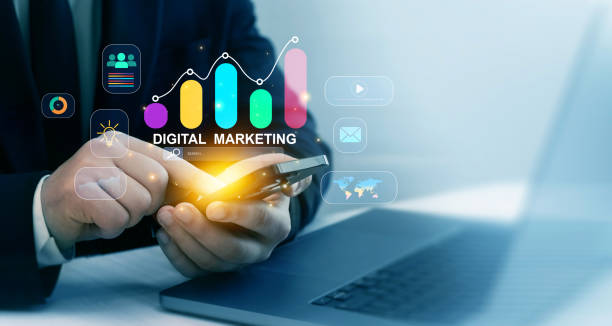
HTML tags are fundamental elements that help search engines understand the structure and topic of your content.
The Title Tag is the most important HTML tag for On-Page SEO.
This tag displays your page’s title in search results and browser tabs and should include the main keyword and be engaging.
The Meta Description is a short summary of the page’s content that appears below the title in search results.
Although it doesn’t directly affect ranking, it can increase the click-through rate (CTR) by providing an enticing summary.
Heading tags (H1-H6) are used for hierarchical organization of content.
H1 is typically the main title of the page and should be used only once per page, including the main keyword.
Other H tags (H2, H3, etc.) are used for subheadings and subtitles and help with content readability and structuring.
Also, the Alt tag for images is crucial for describing image content to search engines and visually impaired users and should include relevant keywords.
This specialized and educational section plays an important role in Google’s robots understanding your page.
Does losing customers who have visited your site to buy bother you?
RasaWeb is your specialized solution for a successful online store.
✅ Significant increase in your online sales
✅ Building trust and professional branding with customers⚡ Get free consultation from RasaWeb experts!
Loading Speed and User Experience in On-Page SEO
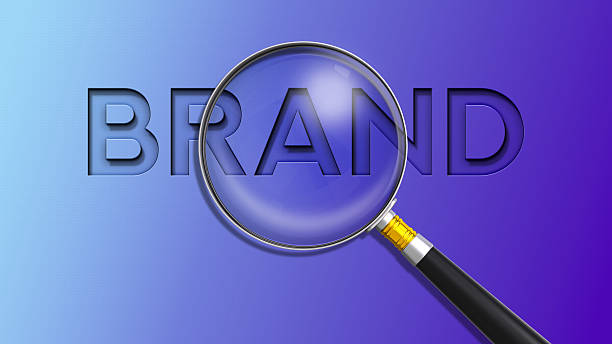
Website loading speed and user experience (UX) are crucial factors in On-Page SEO and Google rankings.
Google gives higher scores to websites that load quickly and provide a good user experience.
Google’s Core Web Vitals metric includes three main factors (LCP, FID, CLS) that measure user experience quality.
LCP (Largest Contentful Paint) measures the time required to load the largest content element on the page.
FID (First Input Delay) indicates the site’s responsiveness to the user’s first interaction.
And CLS (Cumulative Layout Shift) assesses the visual stability of the page.
A slow website can have a high Bounce Rate because users are unwilling to wait for pages to load.
Optimizing images, reducing CSS and JavaScript codes, using browser caching, and choosing suitable hosting are among the actions that help increase site speed.
Also, responsive design (Mobile-Friendly) and providing a seamless user experience across all devices are crucial for On-Page SEO, as most searches today are done via mobile.
URL Structure and Internal Linking
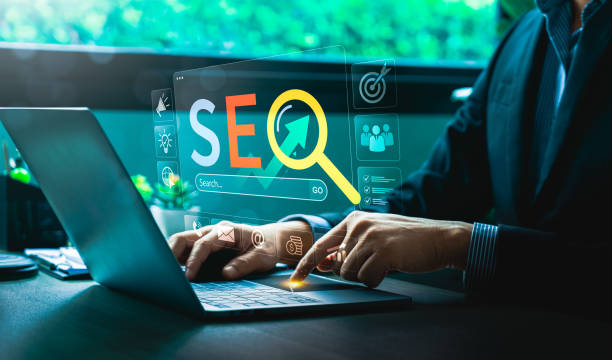
Your website’s URL structure should be simple, descriptive, and include keywords.
User-friendly URLs, or URLs that are understandable to both users and search engines, help improve On-Page SEO.
Avoid using special characters, meaningless numbers, and long parameters in URLs.
A logical and hierarchical URL structure helps search engines better understand the page’s topic and easily index pages.
Internal Linking is also one of the most powerful tools in On-Page SEO.
This involves creating links from one page on your website to another page on the same website.
Internal links help the flow of “Link Equity” throughout the site and show search engines which pages are more important to you.
Using appropriate Anchor Text (the words on which the link is placed) that includes keywords relevant to the destination page is of high importance.
A strong internal linking strategy helps search engines better understand the site structure and related content and also improves user experience; this is a key guideline for effective SEO.
Image and Video SEO in On-Page SEO

Optimizing visual elements such as images and videos is an integral part of On-Page SEO.
Images and videos not only add to the appeal of your content but can also be important sources of organic traffic through image and video search.
For images, first, minimize file size without compromising quality.
Modern formats like WebP can help reduce size.
Then, use a suitable and descriptive Alt tag that includes keywords related to the image and page content.
Image filenames should also be meaningful and contain keywords (e.g., use seo-cheshme.jpg instead of image1.jpg).
For videos, in addition to quality and engaging content, optimizing the video title and description (which should include keywords) and using Video Schema Markup are very important to help search engines understand video content and display it in Rich Snippets.
This part of On-Page SEO requires a specialized approach.
| Element | Optimization Tip | Explanation |
|---|---|---|
| File Name | Descriptive and keyword-rich | Avoid names like IMG_1234.jpg. |
| Alt Tag | Accurate image description with keywords | To help search engines and visually impaired individuals. |
| Size and Dimensions | Appropriate size for web, suitable dimensions | Overly large images slow down site loading. |
| File Size | Compression without quality loss | Use of tools and modern formats (WebP). |
| Image Caption | Providing brief descriptions below the image | Increases user engagement and improves experience. |
| Image Sitemap | Submitting a sitemap specifically for images | Helps Google find and index images. |
The Role of Structured Data (Schema Markup) in On-Page SEO
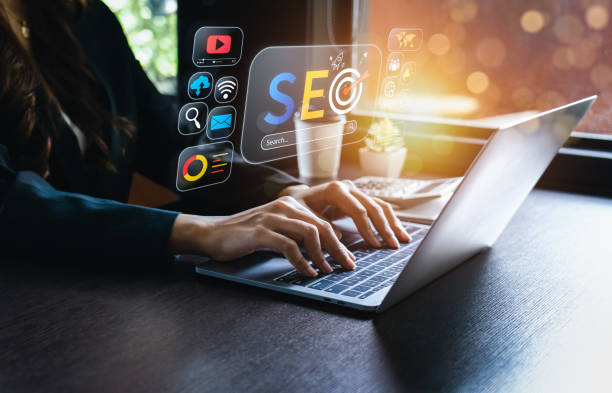
Structured data or Schema Markup are codes added to your website to help search engines better understand your content and display it in a richer format (Rich Snippets) in search results.
This is a specialized and very powerful tool in On-Page SEO.
For example, you can tell Google that a page contains an article, a product, an event, a recipe, or a user review.
When Google understands this information, it can display it more visually appealingly in search results, such as star ratings for a product, contact information for a local business, or event details.
These rich displays significantly increase the click-through rate (CTR), even if your ranking doesn’t change.
The most common format for implementing Schema Markup is JSON-LD, which is easily embedded in the page’s HTML codes.
Using structured data provides a significant competitive advantage in On-Page SEO optimization and can help your website stand out among competitors.
This section requires in-depth analysis and precise implementation.
Did you know that 94% of a first impression of a company is related to its website design?
RasaWeb, by offering professional corporate website design services, helps you create the best first impression.
✅ Create a professional and trustworthy image for your brand
✅ Easier attraction of potential customers and improved online position
⚡ Get free corporate website design consultation
Continuous Evaluation and Improvement of On-Page SEO
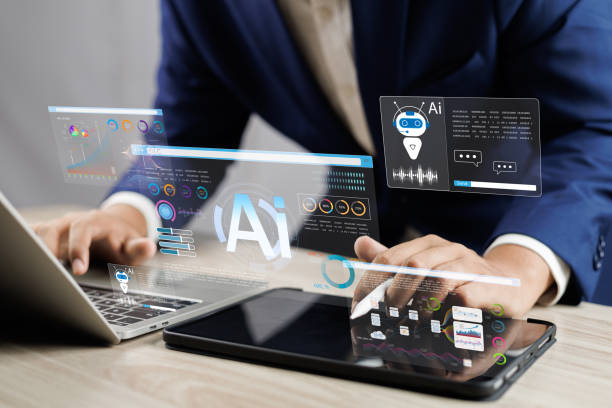
On-Page SEO is not a one-time process; instead, it requires continuous evaluation and improvement.
To monitor your On-Page SEO performance, tools like Google Analytics and Google Search Console are crucial.
Google Analytics helps you understand user behavior on your website, including most visited pages, bounce rate, time spent on site, and user paths.
Search Console provides valuable information about how your website appears in search results, the keywords users find you with, crawl errors, and internal and external links.
Keyword rank monitoring shows you whether your SEO efforts have been effective.
Furthermore, Google algorithm updates occur regularly and can affect your website’s ranking.
Therefore, staying informed about the latest news and changes in algorithms and adapting your On-Page SEO strategy to them is essential for maintaining and improving rankings.
This news and analytical section keeps you on the right track.
Common Mistakes in On-Page SEO and Solutions

On the path to optimizing On-Page SEO, committing mistakes is common, but identifying and resolving them can significantly impact your success.
One common mistake is Keyword Stuffing, which not only results in Google penalties but also severely degrades user experience.
The solution is to use keywords naturally and within the flowing text.
Another is Duplicate Content, which can originate from different pages on your site or from external sources and confuses search engines.
To resolve this, use canonical tags or produce unique and valuable content.
Failure to use appropriate heading tags makes your content structure unclear to search engines and users.
Always use H1 for the main title and H2-H6 for subtitles.
Ignoring site loading speed and its lack of mobile responsiveness are also major mistakes that should be addressed by optimizing images, code, and responsive design.
This thought-provoking content and guidance helps you avoid common On-Page SEO pitfalls and smooth your optimization path.
Frequently Asked Questions
| Question | Answer |
|---|---|
| What is On-Page SEO? | It refers to the set of actions taken within a website to improve its ranking in search engines. |
| Why is On-Page SEO important? | Because it helps search engines better understand your site’s content and structure, and it improves user experience. |
| What are the most important elements of On-Page SEO? | Title and meta descriptions, keywords, URL structure, quality content, image optimization, internal linking, and site speed. |
| How to optimize Title Tag and Meta Description? | The title should include the main keyword and be engaging, and the meta description should be a compelling summary of the content with relevant keywords. |
| What is the role of keywords in On-Page SEO? | Keywords help search engines understand what the page content is about and should be used naturally and intelligently in the text. |
| How is image optimization done for On-Page SEO? | By compressing the size, using descriptive file names, and filling the Alt tag with relevant descriptions and keywords. |
| What is Internal Linking and what is its use? | It is connecting different pages of the site to each other. This helps distribute page authority and improves search engine crawling. |
| What is the importance of site loading speed in On-Page SEO? | High speed improves user experience and is one of the important ranking factors for search engines like Google. |
| How does site responsiveness (Mobile-Friendliness) affect On-Page SEO? | Given the increase in mobile users, responsiveness is essential for providing a suitable user experience across all devices and for Google’s mobile-first indexing priority. |
| What are the important content-related factors in On-Page SEO? | Originality, quality, comprehensiveness, readability, proper use of headings (H1, H2,…) and regular content updates. |
And other advertising services of RasaWeb Advertising Agency
Smart Brand Identity: An innovative service to increase website traffic through custom programming.
Smart Reportage: A combination of creativity and technology for user interaction through custom programming.
Smart Google Ads: A combination of creativity and technology to increase sales by optimizing key pages.
Smart Marketplace: An innovative platform for improving campaign management with intelligent data analysis.
Smart Digital Branding: A fast and efficient solution to increase website traffic focusing on attractive UI design.
And over a hundred other services in the field of internet advertising, advertising consultation, and organizational solutions
Internet Advertising | Advertising Strategy | Advertorials
Sources
? To achieve your big business goals in the digital world, RasaWeb Afarin Digital Marketing Agency is by your side with a professional and results-oriented approach. From personal website design to comprehensive SEO and content marketing strategies, we provide everything you need to be seen and grow.
📍 Tehran, Mirdamad Street, next to Bank Markazi, Southern Kazeroon Alley, Ramin Alley, No. 6

